
1927 - 2006
Allan Kaprow
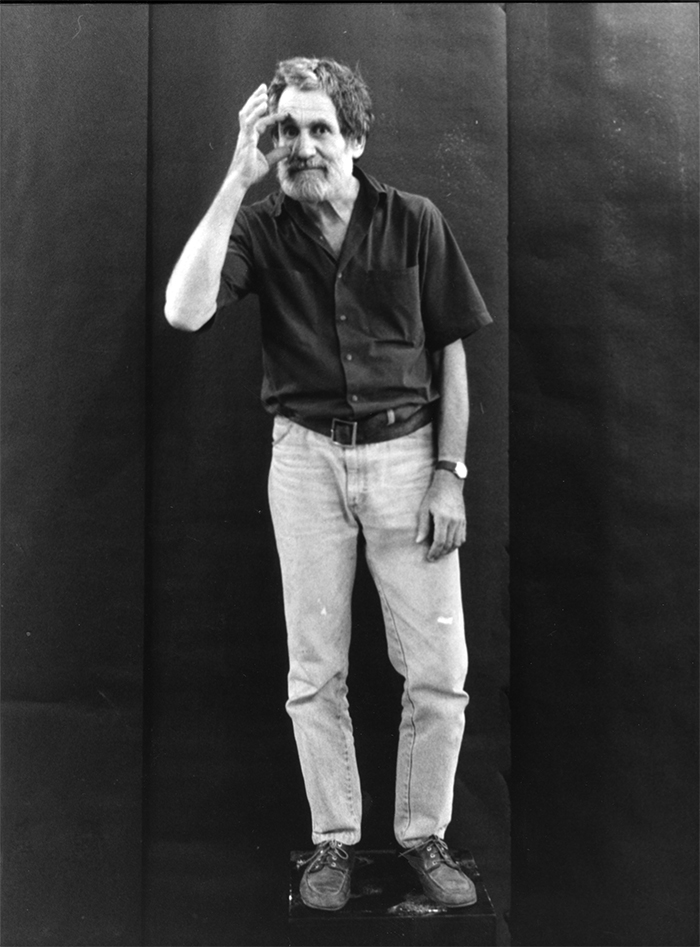
description
An American artist and theorist, the central figure of the avant-garde of the 60s, the discoverer of the happening – a form of art in which the primary attention is paid to the process of creation. Allan Kaprow appreciated the moment of action in painting, putting it above the result.
The fleeting, often quick and spontaneous actions of Kaprow erase the line between art and everyday life and immerse participants in the work, involving them in the creative process and destroying the notorious “fourth wall” between the work and the audience.
In his theoretical writings, Allan Kaprow said that after the discoveries of Jackson Pollock and other Abstract Expressionists, painting could no longer exist in its original form. It must go beyond the canvas and move into everyday life.
The master called himself “non-artist” and his works “anti-paintings”. “Life is much more interesting than art”, said Kaprow and created events outside galleries and museums: in courtyards, apartments, streets, squares and parking lots. Sometimes his works are even absurd – such as building houses from ice under the scorching California sun; they change the very perception of art and turn everyday life processes into creative acts.
The principles of the creation of happening, which Allan Kaprow outlined in his work “How to Make a Happening”, were enthusiastically accepted by many post-war artists who tried to take a fresh look at modern creative methods. Thanks to the discoveries of the American innovator, such styles as installation, performance and conceptual art were further developed.
Key ideas:
– The artist invented such a form of art as happening, involving the process of spontaneous creation. Unlike the theater, where the actors carefully memorize and rehearse their roles, everything happens in Allan Kaprow’s performances without any planning. Creation is temporary, it quickly ends, and it is difficult, and sometimes even impossible to repeat.
– Art in the understanding of Allan Kaprow should not be static. This is not an item that can be hung on a wall or put on the street. Art is a movement, a process of creation and life itself, which is happening “here and now”. The artist said that a regular walk through the streets of New York could easily turn into a real work and become much more surprising than any famous work.
– The early work of Allan Kaprow is represented mainly by collages and assemblies. He used a wide variety of materials and ready-made objects in his works. Gradually, more and more going beyond the scope of the composition and including the surrounding space, he moved on to creating environmental studies and happenings, which help viewers approach the object of art and become its direct participant.
– The creative method of Allan Kaprow takes its roots in Abstract Expressionism. The energetic and bold style of painting of Pollock, Rothko and other representatives of this art, the lack of sketches, a carefully designed composition and plot, opens up unlimited possibilities for the artist to express himself. At the same time, Kaprow rejected deep psychologism and the complex ideas of Abstract Expressionism. Trying to depict things simple and understandable to everyone, he was close in this to Pop art with its popular images and objects of mass culture, elevated to the rank of a work of art.
1927
1947
1950
1952
1953
1956
1958
1959
1966
1967
1974
1976
1993
2005
2006
Allan Kaprow was born into a Jewish family
He entered the Hans Hoffmann School of Art in New York

He was a student of prominent historian Meyer Schapiro
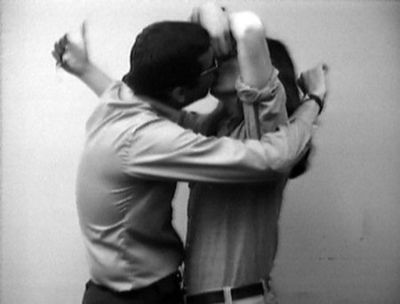
Co-founded the Hansa Gallery in New York

Started teaching at Rutgers University in New Jersey

Attended music classes
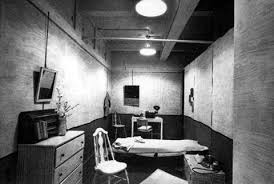
“Jackson Pollock’s Legacy”

«Eighteen Happenings in Six Parts»

«How to Make a Happening»

The solo exhibitions

He moved to San Diego

Three major solo exhibitions

«Essays on the Blurring of Art and Life»

“A Short History of Performance. Part III. Allan Kaprow”
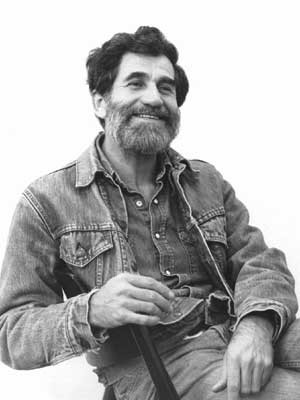
The death of the artist
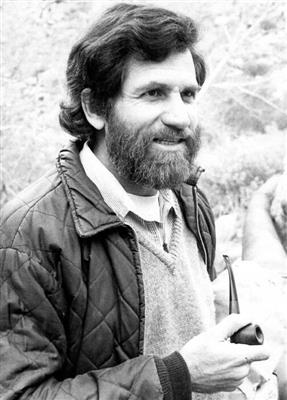
Allan Kaprow
On Artist
flow
Futurism
Dada
Abstract expressionism
friends
Wolf Kahn
John Cage
Hans Hoffmann
Meyer Shapiro
artists
Marcel Duchamp
Jackson Pollock
Yves Klein
By Artist
flow
Performance
Happening
friends
Roy Lichtenstein
George Segal
artists
Jim Dine
Yoko Ono
Klas Oldenburg
Dick Higgins
Damien Hirst
Suzanne Lacy
Marina Abramovich
